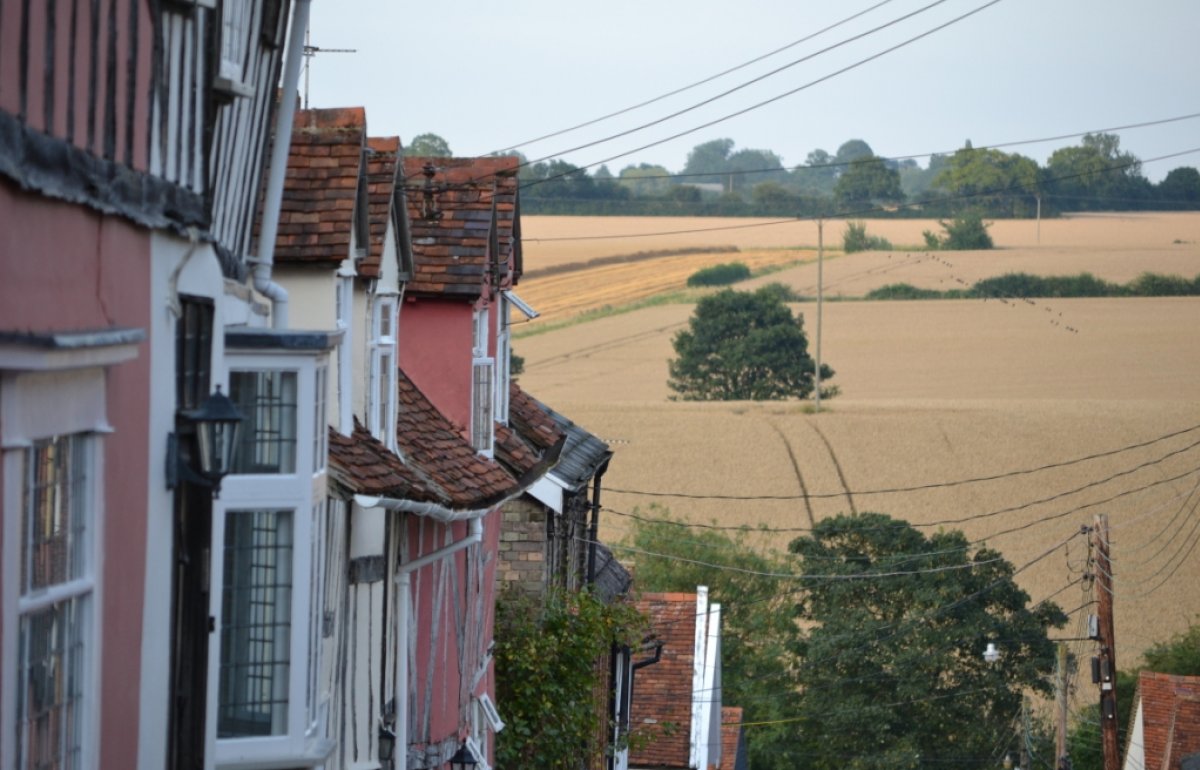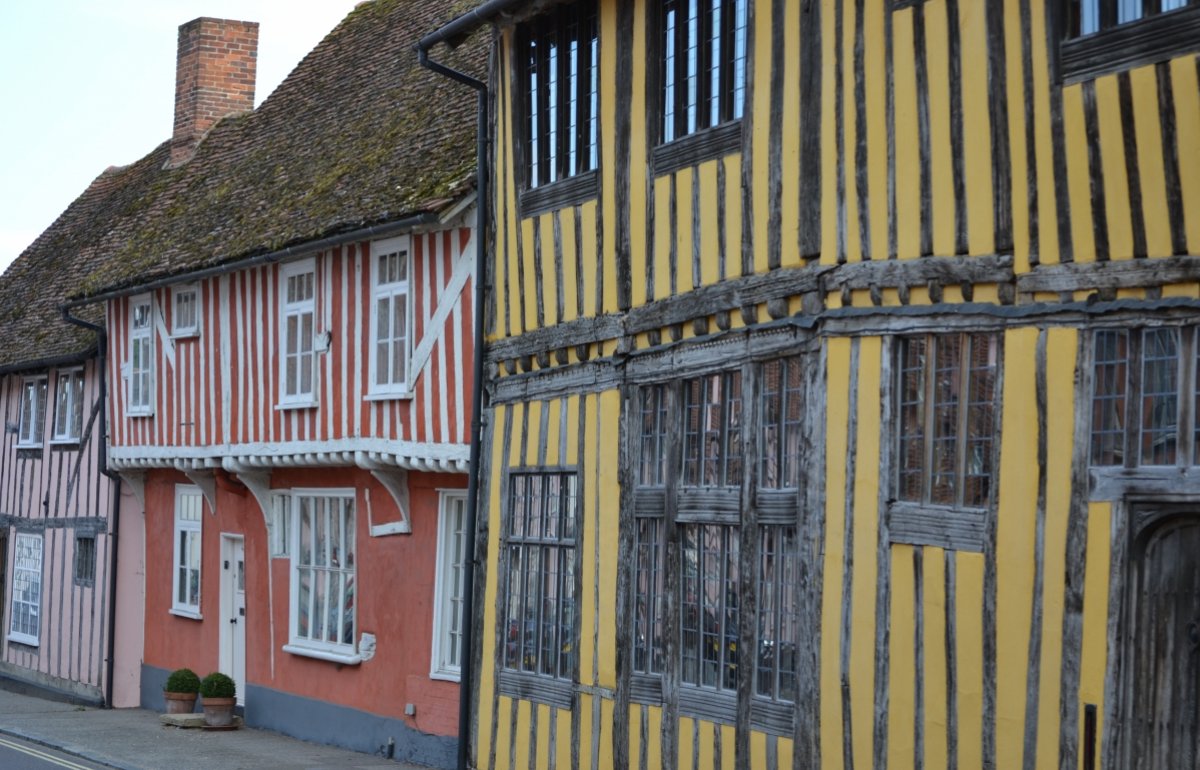Heritage protection legislation and policy explained
This page describes the current legislative and policy framework which protects the historic environment.
The legislative framework for planning and the historic environment
The need for consents and permissions is an important aspect of the system to protect England’s heritage as it helps to achieve a balanced, democratic and informed approach to managing change in historic places.
Different types of heritage assets are protected in different ways and different consents are required for the carrying out of works to existing buildings or sites, and for new development. These include planning permission and listed building consent.
What activity does and does not require permission or consent is a matter of considerable complexity and relevant decision-makers have the ultimate responsibility to decide whether an application for consent is required in particular circumstances. This requirement is covered under the primary legislation, called the Town and Country Planning Act 1990. In addition to normal planning framework set out in this act, the historic environment is managed using:
- the Planning (Listed Buildings and Conservation Areas) Act 1990 which provides specific protection for buildings and areas of special architectural or historic interest
- the Ancient Monuments and Archaeological Areas Act 1979 which provides specific protection for scheduled monuments
- the Protection of Wrecks Act 1973 which provides specific protection for protected wreck sites.
Any decisions relating to listed buildings and their settings and conservation areas must address the statutory considerations of the Planning (Listed Buildings and Conservation Areas) Act 1990 (see in particular sections 16, 66 and 72) as well as satisfying the relevant policies within the National Planning Policy Framework and the Local Plan.
The policy framework for planning and the historic environment
In 2012 the Government introduced a new planning policy regime called the National Planning Policy Framework (NPPF). A new version of the NPPF was published in July 2018. The objective of this policy framework is sustainability: meeting the needs of the present without compromising the ability of future generations to meet their own needs. The document is clear in stating that there will be a presumption in favour of sustainable development unless that development does not meet the policies within the document which protect areas or assets of of particular importance. The areas and buildings which contribute to the historic environment are referred to in the NPPF as 'heritage assets'.
Section 16 of the NPPF deals with 'conserving and enhancing the historic environment' and provides us with the relevant policy against which to measure proposals which affect heritage assets. Generally it requires applicants to:
- describe the significance of any heritage assets affected by proposals
- provide a level of detail proportionate to the assets’ importance
- provide clear and convincing justification for proposals
It is clear in stating that substantial harm to or loss of a Grade II-listed building, park or garden should be exceptional. Substantial harm to or loss of designated heritage assets of the highest significance, notably scheduled monuments and GI and GII*- listed buildings, registered parks and gardens, and World Heritage Sites, should be wholly exceptional.
Where a proposed development will lead to substantial harm to or total loss of significance of a designated heritage asset, the NPPF makes it clear that local planning authorities should refuse consent, unless it can be demonstrated that the substantial harm or loss is necessary to achieve substantial public benefits that outweigh that harm or loss, or all of the following apply:
- the nature of the heritage asset prevents all reasonable uses of the site
- no viable use of the heritage asset itself can be found in the medium term through appropriate marketing that will enable its conservation
- conservation by grant-funding or some form of charitable or public ownership is demonstrably not possible
- the harm or loss is outweighed by the benefit of bringing the site back into use
Where a development proposal will lead to less than substantial harm to the significance of a designated heritage asset, the NPPF requires the local authority to weigh the harm against the public benefits of the proposal, including securing its optimum viable use.
The NPPF is underpinned and supported by the Planning Practice Guidance , a live document online which is reviewed and updated periodically.
Listed building consent
Listed building consent is required for all works of demolition, alteration and extension to a listed building, or any other works which will affect its character as a building of special architectural or historic interest. This requirement extends to all parts of the building covered by the list description, possibly including curtilage buildings or other structures.
It is a criminal offence not to seek consent and to undertake works without the required consent. Ignorance of a building's listed status is not a defence to any criminal proceedings. It is also not possible to offer the defence that works would have been permitted if they had been applied for.
Listed building consent applications are made to, and determined by, the local planning authority. Where works are proposed to the exterior of a building there may also be a requirement for planning permission. Under the Arrangements for handling heritage applications 2015 the local planning authority must consult Historic England and the National Amenity Societies on certain listed building consent applications.
As well as requiring listed building consent to undertake works to any part of the principal listed building, there are a number of scenarios in which listed building consent may be required:
- If an object is attached to the principal building in such a way that it would be considered a fixture in the sense of land-law
- If works are proposed to any structure fixed to the building (however large, including whole other buildings) it will be protected if it was ancillary to the principal building at the date of listing (or possibly at 1 January 1969 for list entries that pre-date)
- If works are proposed to any pre-1948 building that was in the curtilage of the principal building at the date of listing (or possibly at 1 January 1969 for list entries that pre-date), provided it is fixed to the land and is ancillary to the principal building
The Enterprise and Regulatory Reform Act 2013 introduced a new template for list entries and allowed for the possibility of expressly excluding curtilage or attached structures and objects from listing protection. In such a case the above would not apply.
Ecclesiastical Exemption from listed building consent
The Planning (Listed Buildings and Conservation Areas) Act 1990 grants exemption from the requirements of listed building consent to ecclesiastical buildings in ecclesiastical use to recognised religious denominations. The exemption applies to works to all places of worship owned by recognised religious bodies, which have their own satisfactory systems of building control in place.
Currently, only the following denominations are able to take advantage of the exemption: the Church of England; the Church in Wales; the Roman Catholic Church; the Methodist Church; the Baptist Union of Great Britain, the Baptist Union of Wales; and the United Reformed Church.
Where the exemption applies, listed building consent is not required for the alteration or extension of a listed ecclesiastical building, provided that the building is used for ecclesiastical purposes both before and after the works. However, should any works be proposed to the exterior of the building (such as an extension) planning permission is likely still to be required.
Statutory powers for the protection of historic buildings from lack of maintenance or inappropriate works
Owners of listed buildings are under no obligation to maintain their property in a good state of repair, though of course it is in their best interest to do so. Local authorities can, however, take action to secure repair when it becomes evident that a building is being allowed to deteriorate.
Urgent Works Notices, Repair Notices and Section 215 Notices can be effective in halting the decay of an historic building. Stopping the Rot by Historic England is a very useful guidance note which explains these statutory powers in greater detail, and a broader overview can be found in our Campaign Toolkit.
Planning controls in conservation areas
The Enterprise and Regulatory Reform Act 2013 abolished the requirement for conservation area consent for the demolition of buildings (of more than 115 cubic metres) in a conservation area, and replaced it with a requirement for planning permission (though the circumstances in which it is required are the same - demolition must amount to the removal of the whole building, not just part of it, but the removal of the building with only the facade retained is considered to amount to demolition). It is a criminal offence not to obtain the required permission for demolition within a conservation area.
Planning permission will also be required for:
- The demolition of a gate, fence, wall or railing over 1m high next to a highway (including a public footpath or bridleway) or public open space; or over 2m high elsewhere
- Any extension other than a single storey rear extension of no more than 3m (or 4m if the house is detached)
- Cladding the outside a property with stone, artificial stone, pebble dash, render, timber, plastic or tiles
- Work to trees with a trunk diameter greater than 75mm (3 inches) at 1.5m (4 feet) above ground level
In addition to these overarching requirements, individual conservation areas may well be subject to an Article 4 Direction, the function of which is to further control the type of small alterations that would be usually allowed under Permitted Development rights. These directions specifically prohibit certain types of development and are specific to certain streets, parts of streets and even specific houses.
Typically they deal with repainting new colours on front doors, the prohibition of satellite dishes, changes to roofing materials or appearance, the erection of a porch to the front of a property, even significant changes to gardens, and so on. Article 4 Directions can be specifically applied to houses or have a more blanket approach. Where an Article 4 Direction applies you will have to apply for planning approval for the prohibited work.
Scheduled ancient monument consent
Under the Ancient Monuments and Archaeological Areas Act 1979 scheduled ancient monument consent is required for most works which will affect a scheduled monument but is not required for works that will affect its setting. This consent system is considered the most strict regime and therefore the highest level of statutory protection. Unlike the listed building consent regime, the need for consent is not based on a judgment as to whether the works or activity will affect the significance of the scheduled monument. The question is solely whether the proposed works or operations fall into these categories:
- Works resulting in the demolition or destruction or any damage to a scheduled monument
- Works for the purpose of removing, repairing, adding to or altering a scheduled monument
- Flooding or tipping operations on land in, on or under which there is a scheduled monument
Carrying out an activity without consent where it was needed is a criminal offence. Consent must be obtained from the Secretary of State for Culture, Media and Sport through Historic England.
A number of scheduled ancient monuments are listed buildings which can muddy the waters when considering which type of consent is required. The general rule is that where a scheduled monument is also a listed building, listed building consent is not required, unless the listed building is omitted/not described within the schedule description. Planning permission may be required in addition to scheduled monument consent for the works if they also amount to development and are not permitted development.



